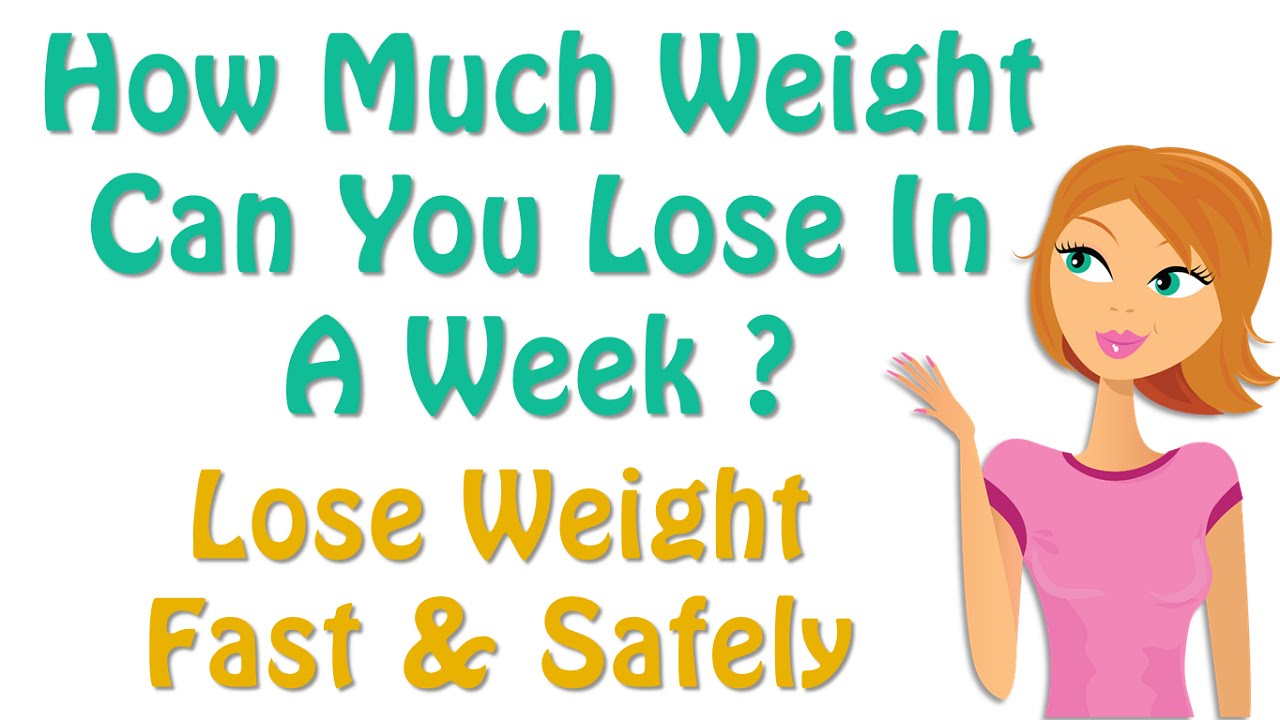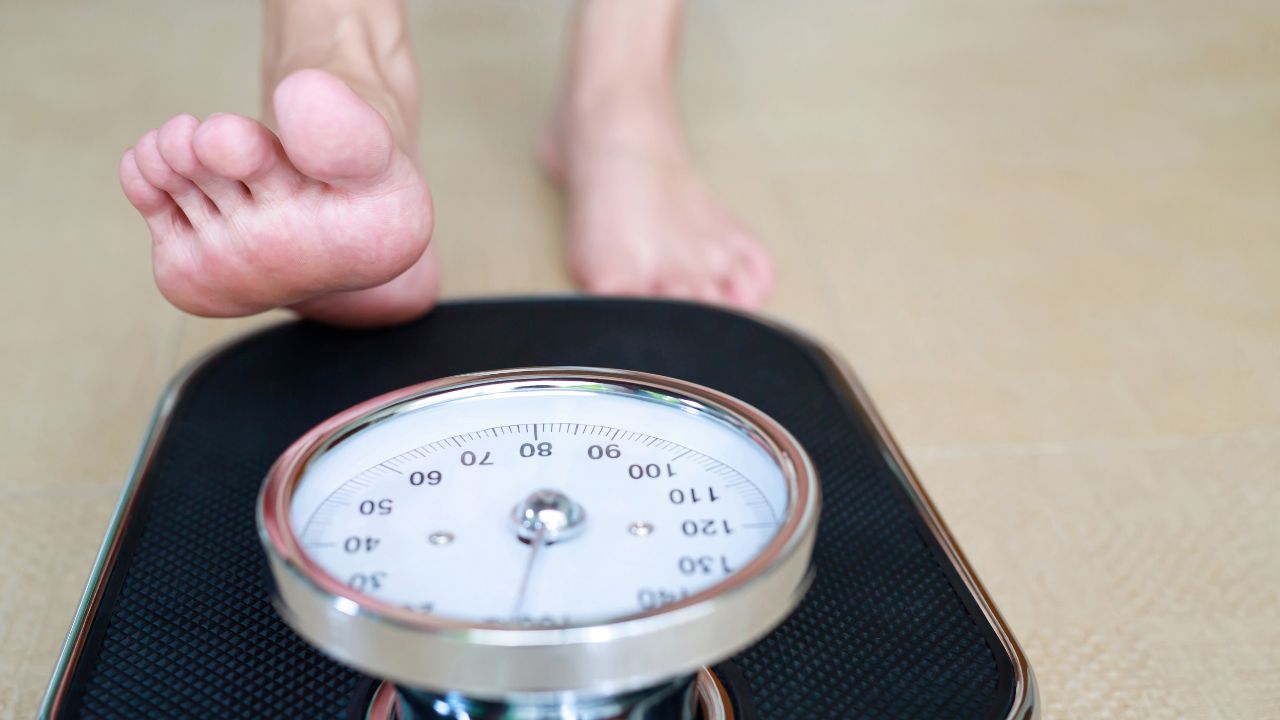
Running or walking? They both burn calories, which is the main difference between them. While walking is lower-impact than running, it can be more beneficial to your heart and joints. Both exercises can increase endurance. Running is more effective at reducing your appetite than walking, and it lowers blood pressure. Here are the top benefits of walking.
Running burns more calories per hour than walking
Running can be a great way to burn calories. Running burns a lot more calories per minute that walking due to its higher energy requirements and more muscle recruitment. Additionally, high-intensity exercises require more energy and increase your heart beat. This activity will help you adapt to increased stress levels by slowing down your heart rate while maintaining the same intensity and pace. By reducing the amount of time you walk, you can increase your calorie consumption.
Running can be an even better option for losing weight than hiking. A mile of running can burn more calories than a mile of walking. If you want to lose weight, running is the best choice. Walking burns half the calories. Running can also help your legs feel stronger.

Walking is an easy, low-impact activity.
Many people think that intense training is more dangerous than walking. However, it's one of the best forms low-impact aerobic exercise. Walking doesn't require any special equipment and is possible anywhere. It is an excellent form of exercise for people of all fitness levels, and can even help you lose weight. Walking can also help reduce stress and improve your mood. It can also increase your energy. Walking is also low-impact, so it is an excellent choice for people who are new to exercise.
One of the best low-impact exercises is walking, which has a variety of benefits for joints and muscles. You can increase the speed or climb hills to make walking more intense. Strength training, on the other hand, doesn't cause any major stress on the joints, but it is a challenging workout for your muscles, especially if you do it with a heavy weight and limit your rest periods. These low-impact exercises offer many benefits for older adults and reduce the likelihood of injury.
Running improves your conditioning and endurance
Gradual adaptation is the key principle to endurance-building. Slowly means to do your workout consistently, and then gradually increase your distance. The same principle applies to newbie runners as it does to experienced marathoners. It's much better to slowly increase your running mileage than to begin running faster than you can maintain. You will be able increase your endurance while maintaining a safe pace. You can increase your running distance by adding a mile to your long weekend run each week and building up slowly.
It is important to warm up properly in order to increase your endurance. Warming up can increase body temperature and blood circulation to the muscles. It also will reduce the chances of injury. Running is more enjoyable when you have a good posture. This helps prevent injury and keeps your muscles limber. Your endurance and energy levels will be increased if you have a good breathing technique. When you incorporate proper breathing into your running routine, your mental and physical well-being will improve dramatically.

Walking is an excellent way to manage your hunger
Did you know that walking can help control your appetite? You might be surprised to know that walking has been linked to weight loss. Walking increases the dopamine hormone, which can give you more pleasure and satisfaction. This hormone helps regulate the body's appetite and satiation signals. Walking can also be helpful for people with food cravings. Running is also a good way to curb your appetite.
Running can temporarily raise your cortisol levels, but walking will reduce it over time. A twenty minute walk can improve mood and decrease cortisol. Elevated levels cortisol can stimulate the metabolism of carbohydrates and fats, and increase appetite. These elevated levels can lead to overeating and eating unhealthy food. Walking can also improve posture and muscle tone.
FAQ
How long does it take for you to lose weight?
It takes time for weight loss. It usually takes six months to lose 10% of your total weight.
You should not expect to lose weight overnight. Your body will take time to adjust to changes in diet.
This means that you should gradually change your diet over several days or weeks.
Also, you should stop taking fad diets because most of them don't work. Instead, focus on improving your daily routine.
For example, if you normally eat unhealthy snacks late at night, then you should cut down on this habit.
It is better to eat healthier meals early in the evening. This will help you avoid snacking at night.
It is important to drink lots of water throughout the day. Water keeps your body hydrated and prevents dehydration. Dehydration can make you feel tired and weak.
A lot of water throughout the day is a great way to stay energized.
It is important to reduce stress levels through activities that allow you to relax. Spending quality time with loved ones is one way to reduce stress levels.
You could also read books or watch movies, or listen to music.
These activities will help to relax and unwind from stressful situations. In addition, they will improve your mood and boost your self-esteem.
It is essential to think about your health before you lose weight.
Your physical health is a sign of your overall health. You should eat right and exercise regularly if you want a fit body.
What is the best exercise for weight loss?
There are many factors that influence the amount of exercise required to lose weight. These include your gender, age, body type and how heavy you are. However, the majority of people require at least 30 minutes of moderate exercise five days a week.
The American College of Sports Medicine recommends 150-minutes of moderately intense aerobic activity every week. It should be spread over three separate days.
To lose 10 lbs, you should aim to exercise 300 minutes each week. This includes activities like jogging or running, swimming laps and biking.
Start out with 20 minutes of vigorous physical activity three times weekly if you're just getting started. You could do sprints, lifting weights or jumping rope.
Aerobic exercise can also help you burn calories and increase muscle mass. Muscle burns a lot more calories than fat. Building muscle and losing weight can help you reach your goals faster.
How can busy people lose weight
The best way to lose weight is by eating less and exercising more.
Weight gain is possible if you eat a lot of food. You'll gain weight if you don't exercise enough. You can start losing weight if you combine these simple habits.
Can I eat the fruits of my intermittent fasting diet?
Fruits are great for your health. They provide vitamins, minerals, fiber, antioxidants, and other nutrients. However, they contain sugar, which can cause blood glucose to rise. This can lead to insulin resistance, weight gain, and even diabetes. If you're looking to lose weight with an IF diet then you should choose fruits that are low in glycemic.
Are there side effects to intermittent fasting
Intermittent fasting does not have any known side effects. You might have minor problems if your plan is not well thought out.
For example, if you skip breakfast, you might be irritable all day long. You might also experience headaches, dizziness, fatigue, and muscle cramps.
These symptoms often disappear within a few hours.
Statistics
- According to Harvard Health, it's estimated that a 155-pound (70-kg) person burns around 167 calories per 30 minutes of walking at a moderate pace of 4 mph (6.4 km/h) (5). (healthline.com)
- According to a study sponsored by the American Council on Exercise, a person weighing around 140 pounds (64 kg) would burn 108 calories at a 30-minute beginner's Pilates class or 168 calories at an advanced class of the same duration (26). (healthline.com)
- One study in 9 active men found that HIIT burned 25–30% more calories per minute than other types of exercises, including weight training, cycling, and running on a treadmill (18Trusted Source (healthline.com)
- A 12-week study in 20 women with obesity found that walking for 50–70 minutes 3 times per week reduced body fat and waist circumference by an average of 1.5% and 1.1 inches (2.8 cm), respectively (healthline.com)
External Links
How To
How to lose weight fast without exercise
The best way to lose weight fast without exercise is to eat fewer calories than you burn. Your body will start to burn fat stores for energy. If you do not consume enough calories, your body will begin to break down muscle tissue to use for energy, which means you'll see some muscle loss. You can still lose weight if you don't work out while dieting, but you'll probably lose even more muscle mass.
The key to losing weight fast without working out is to reduce your calorie intake. Many people believe that they need to reduce their food intake in order to lose weight. However, this is not true. In order to lose weight you should eat less calories than you burn. So what should you be eating each day? It all depends on the type of activity that you do each day. A runner who walks three miles each day would only need about 2,500 calories per week. For someone who sits at their desk all day, they would need approximately 1,600 calories per days. However, someone who exercises regularly (like lifting weights) would require around 2,000 calories daily.
So when you're trying to lose excess pounds, you want to try cutting back on your caloric intake. Many people believe they should eat less food to feel better. But this isn't the case. Your body doesn’t care about whether you’re hungry. It simply wants to function correctly. Tracking your calorie intake is key to losing weight. Many apps online allow you to track calories. Some of these apps include MyFitnessPal, Calorie Counter, and LoseIt!